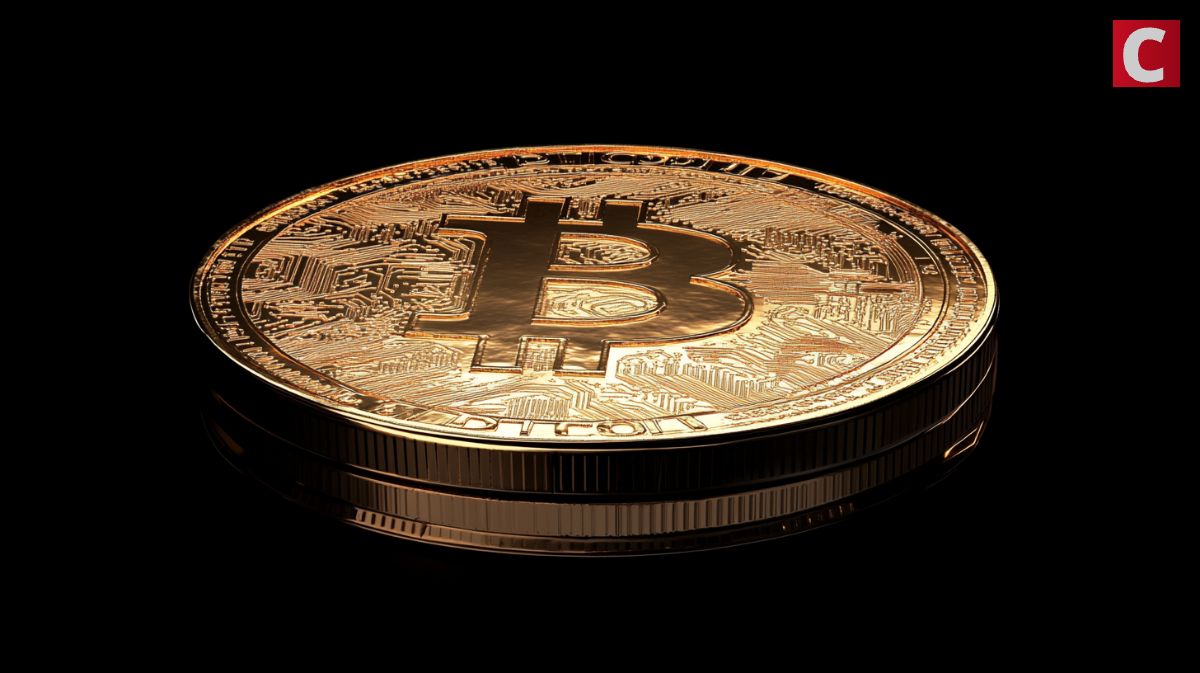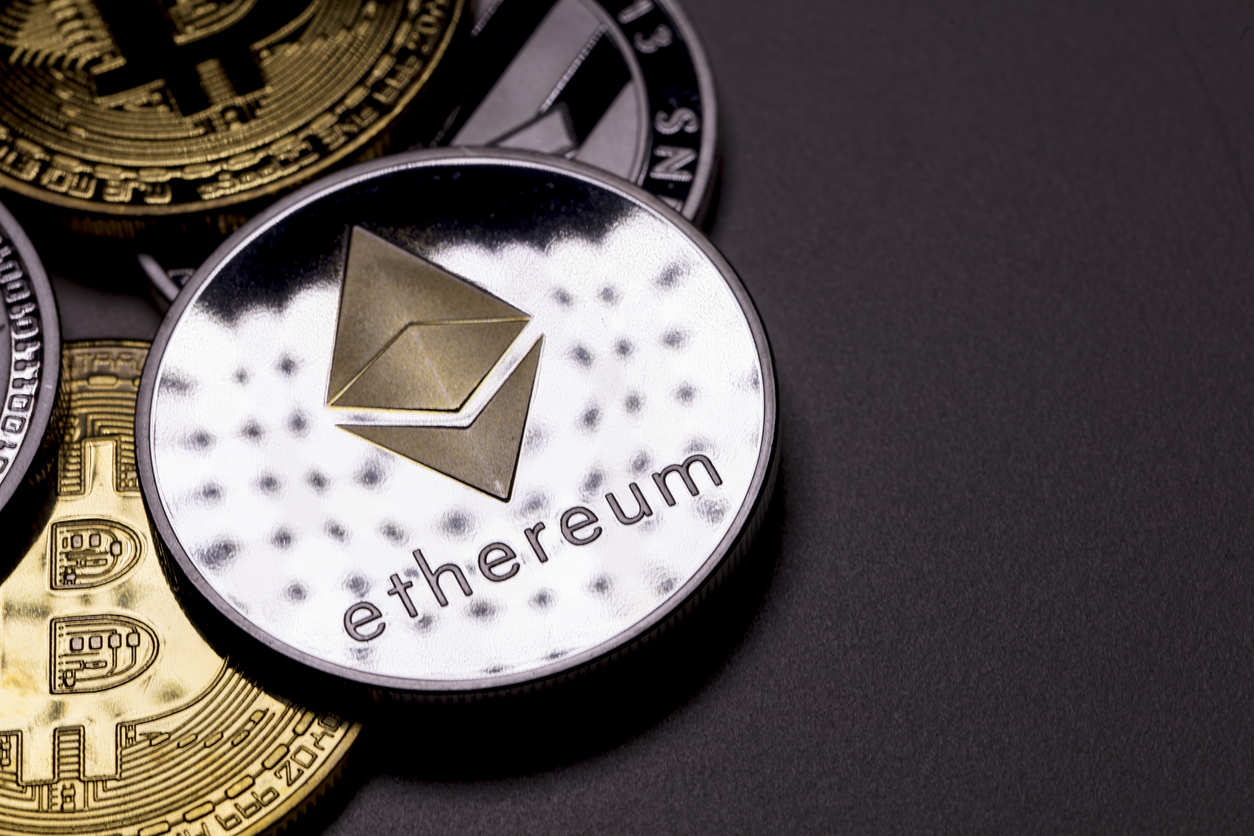
In a little over two weeks, the full effects of President Trump’s tariff regime are (finally) due to come into effect.
Over the past week, the White House has written to governments across the world informing them of the export hikes they will face if they don’t come to an agreement with the U.S., saying the sanctions will come into effect on August 1.
Of course, international markets have stared down similar deadlines in the past, only for them to be pushed back at the eleventh hour.
As a result, Wall Street has learned to take the Oval Office’s threats with a pinch of salt—to the point that JPMorgan Chase CEO Jamie Dimon has branded it complacent.
Analysts aren’t the only ones—foreign governments are also preparing for a further game of chicken, wrote Deutsche Bank’s Jim Reid in a note seen by Fortune this morning.
“In the early hours of Saturday Mr Trump’s stationary cupboard was opened again and a letter was sent to the EU and Mexico informing them that they would face 30% tariffs on August 1st. To be fair, a month ago Trump threatened the EU with a 50% tariff so you might argue this is an improvement,” Reid noted.
“The market will generally think this is mostly a negotiating tactic and that we’re unlikely to see such rates.”
The European Union’s response has been measured. European Commission president Ursula von der Leyen, for example, announced on Sunday a delay to countermeasures that had been due to come into effect this week in response to America’s sanctions on steel and aluminum.
Von der Leyen told reporters this weekend: “The United States has sent us a letter with measures that would come into effect unless there is a negotiated solution, so we will therefore also extend the suspension of our countermeasures until early August.
“At the same time, we will continue to prepare for the countermeasures so we’re fully prepared.”
As such, markets and governments will be “hoping and expecting diplomacy to win out” added Reid.
But he continued: “At some stage, someone’s bluff could be called. Trump is under less pressure to back down with U.S. risk markets around their highs and bond markets relatively stable at the moment. If huge tariffs do get imposed on August 1st, in thin holiday markets, we could get a sizeable market reaction.”
Just another tactic
Goldman Sachs analyst Sven Jari Stehn wrote over the weekend that President Trump’s 30% tariff announcement was a “surprise” given the more constructive tone the two parties had struck in the past.
Yet Stehn added that even this concern may be undermined by the fact that the White House may once again be using threats to speed along trade deals.
He wrote: “President Trump’s threat might well be a negotiating tactic and (for now) we maintain our baseline that a “framework agreement” to maintain current tariff rates can be reached, including 10% on all goods and 25% on steel/aluminum and autos.
“But we still look for the U.S. to impose a 25% tariff on critical goods (including pharma), which would raise the effective U.S. tariff rate on the EU to 16pp.”
Analysts at European-headquartered banks are minded to agree.
As UBS’s chief investment officer, Mark Haefele wrote in a note shared with Fortune this morning: “If the administration were to implement the aforementioned tariffs on 1 August and leave them at those levels, the likelihood of a U.S. profits and economic recession would increase.
“We therefore believe that the administration is using this latest round of tariff escalation to maximize its negotiating leverage and that it will ultimately de-escalate, especially if there is a new bout of heightened bond and stock market volatility.”















